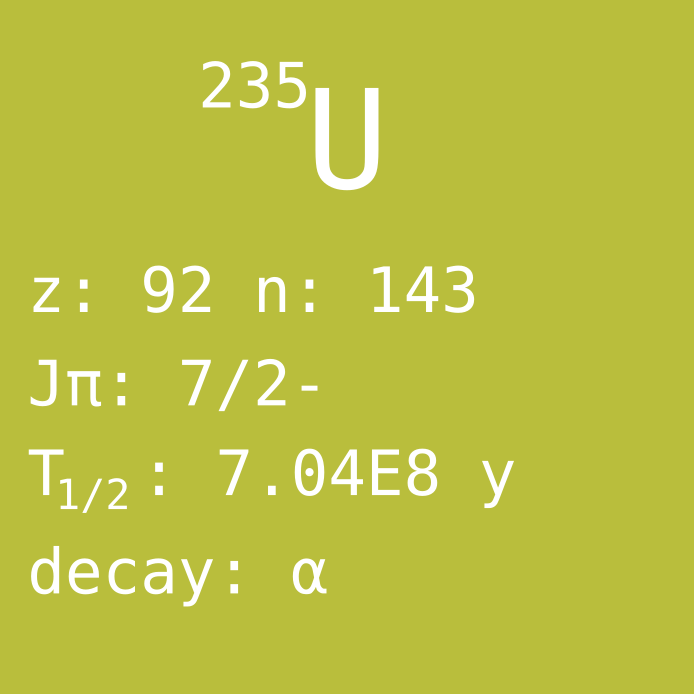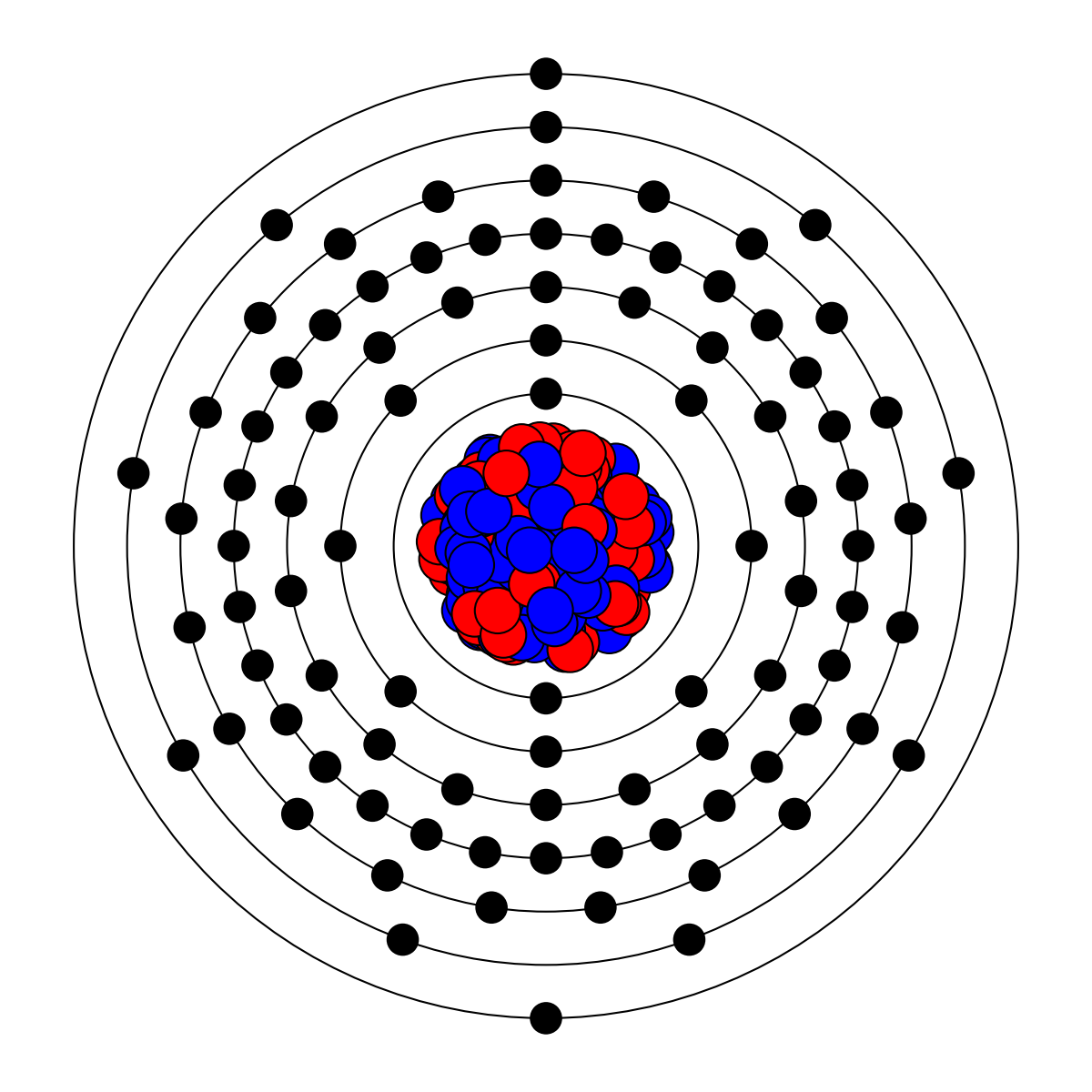

In the early days of nuclear physics, it was not widely accepted that useful energy could be extracted by using the strong forces which bind together protons and neutrons in the atom’s nucleus. Although it was obvious that vast energy could be released in the reactions of nuclei, it also seemed to be nearly impossible to get such reactions to happen in an effective manner. The reason for this is the very short range of the strong nuclear force. The electrically positive nuclei tend to repel each other, long before getting close enough for any nuclear reaction to take place. This prompted the pioneer nuclear physicist Ernest Rutherford to express his doubts about nuclear energy becoming of practical use, at a famous meeting in 1933.
Another physicist, Leó Szilárd, was so upset with this discrediting of the use of nuclear energy, that on the same day he invented a way to make nuclear reactors work, by using the neutron as a reactant in a nuclear chain reaction. The neutron which is electrically neutral can without effort reach through the electric potential of the nuclei, and a nuclear chain reaction can be sustained, if two conditions are fulfilled:
While this was a clever plan, Szilard had yet to find a suitable fuel material. Many years passed, and it might have looked like Rutherford was going to turn out being right. It was not until 1938 that a possible fuel was found, when Lise Meitner and Otto Hahn discovered induced fission in uranium-235. This started a race for the nuclear weapon, but it also opened the door for peaceful use of nuclear energy.
The first nuclear reactor went critical in December 1942 in Chicago, with cylinders of uranium inserted in a pile of graphite blocks for moderation (that was needed for slowing down the neutrons which makes them more reactive). Leó Szilárd was present and involved in the reactor development, which was led by Enrico Fermi. Today, nuclear energy is a substantial fraction of the world energy supply.
Uranium-235 remains the only nuclide naturally abundant on Earth that can sustain a nuclear chain reaction. Why is that? First of all, uranium is very heavy, and heavy nuclides are more affected by the repelling electric force between all the positively charged protons in the nucleus. Also, in contrast to other abundant heavy nuclides, it has an even number of protons and an odd number of neutrons.This is the secret for ending up with a paired number of neutrons after the absorption. That causes a stronger binding energy, which gives the push needed to split the nucleus in two.
While many artificial fissile nuclides have been created in modern times, for example plutonium isotopes, they would not have been easily made without the neutrons from the fissioning of uranium-235 that we were given by nature.

© 2020 Zs. Elter, P. Andersson and A. Al-Adili